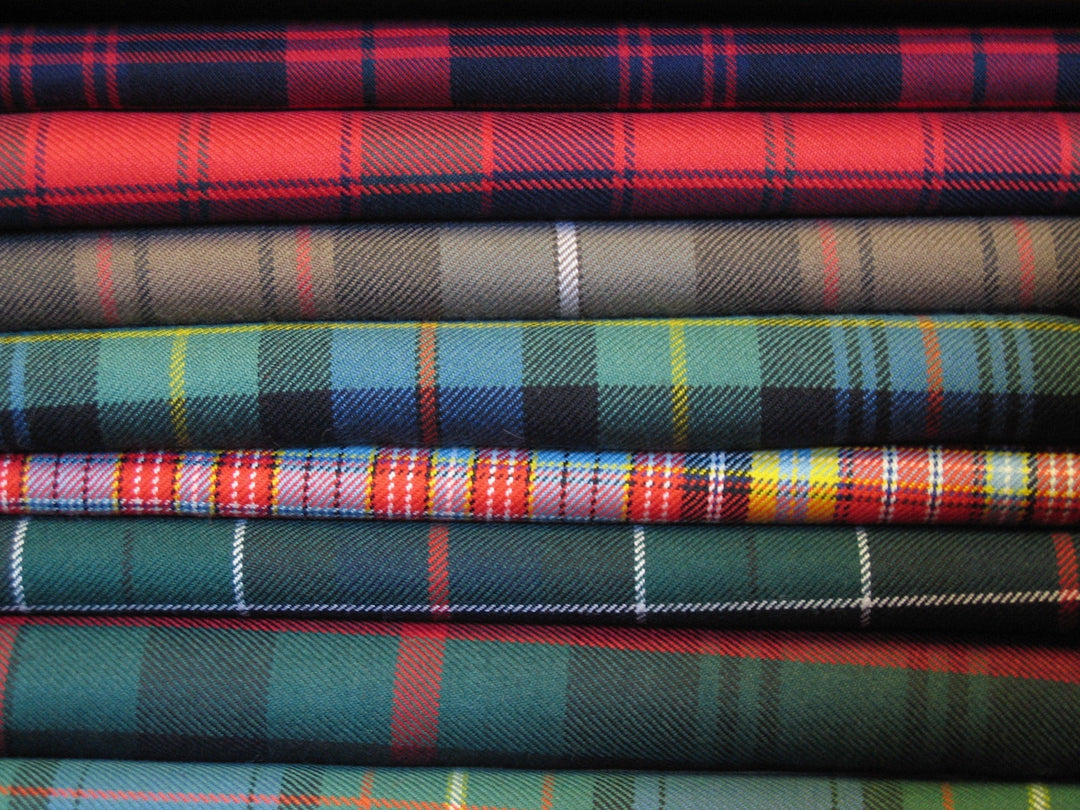Should You Repair Your Kilt Yourself Or Get It Done Professionally?

Should You Repair Your Kilt Yourself Or Get It Done Professionally?
Kilts, the national dress of Scotland, are making a resurgence around the world (1). Kilts are highly durable clothing that are designed to be worn for everything from warfare to daily use. Despite their toughness, kilts can get damaged. Normal snags rarely affect a kilt, but being woolen, their true enemy is often moths and their larvae. If you find yourself with a hole in your kilt, you will want to know if it is better to repair it yourself or get a professional to do it for you.
Professional Kilt Repairs
Kilts are traditionally made from yards and yards of pleated dense wool. This density can make repairs on kilts daunting for the less experienced. In addition, the tartan design makes it very tricky to ensure any repairs are done neatly. If possible, it is far better to avoid damage in the first place by properly storing your kilt. Kilts need to be hung properly and stored in a garment bag to keep insects away (2).
Home Repair Options
The traditional repair method of the Royal Navy is to tidy the edges of any damage, find a matching tartan, cut it bigger than the hole and then cut a plastic bag to fit around the overlap. Sailors would turn the garment inside out, place the ring of plastic around the hole, put the tartan on top and then iron it. The ironing melts the plastic and fixes the two fabrics together (3). Whilst no doubt effective, this is not a recommended technique. If machine sewing, a zig-zag double stitch around the edge is recommended in a matching color. It is important that you select a machine that is easy for beginners to use (4).
Hand Sewing Repairs
Most kilts are woven wool, so hand repairs are relatively simple to do. A running stitch needs to go around the hole to stabilize the stitching before the frayed edges are neatly cut back. Long stitches then need to be put across the hole (not pulling it together but just across) in the direction of the warp threads (in the same color). This should be followed by more stitches weaving in and out of these in the direction (and color) of the weft. This gradual weaving will build up a patch that matches the fabric enough to pass muster and it will prevent further damage (5).
Resources
https://www.scotland.org/features/do-scotsmen-real...
https://www.utkilts.com/blogtraditional-scottish-k...
https://www.stitchandsew.net/best-sewing-machine-b...








Leave a comment